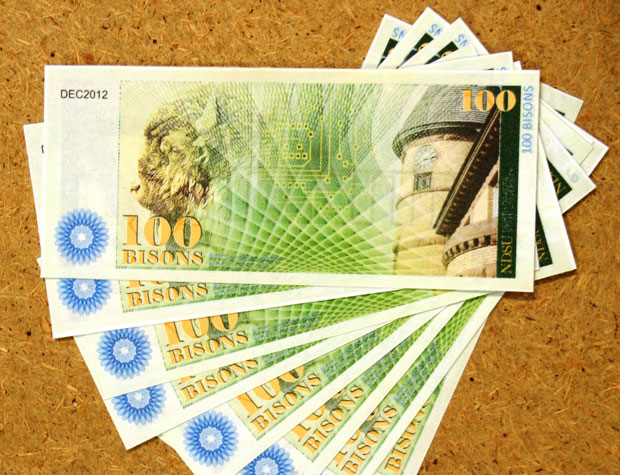The region’s core inflation rate – which strips out food and energy – fell to 1pc in March. This is far below expectations and leaves monetary union with a diminishing safety buffer.
“The eurozone is tracking the experience in in mid-1990s. there is a very high risk of a slide into deflation,” said Lars Christensen, a monetary theorist at Danske Bank.
While eurozone core inflation was slightly lower in the aftermath of the crisis, the current figure is distorted by the one-off effects of VAT increases and levies linked to austerity. Adjusting for these taxes, the rate is now running at 0.4pc.
“The [ECB] should be concerned. If there is another severe shock, the eurozone faces a much bigger risk of falling into a deflationary trap,” said Julian Callow, global strategist at Barclays. “The danger is when deflation combines with high debt and deleveraging and becomes toxic. That raises the risk of a debt-deflation spiral. There are already signs of this in southern Europe.”
Mr Callow said nominal GDP – tracked by monetarists as the key indicator in sovereign debt crises – fell 1.8pc in Spain and 1.2pc in Italy last year. This means that the debt burden is rising fast on a contracting base.





